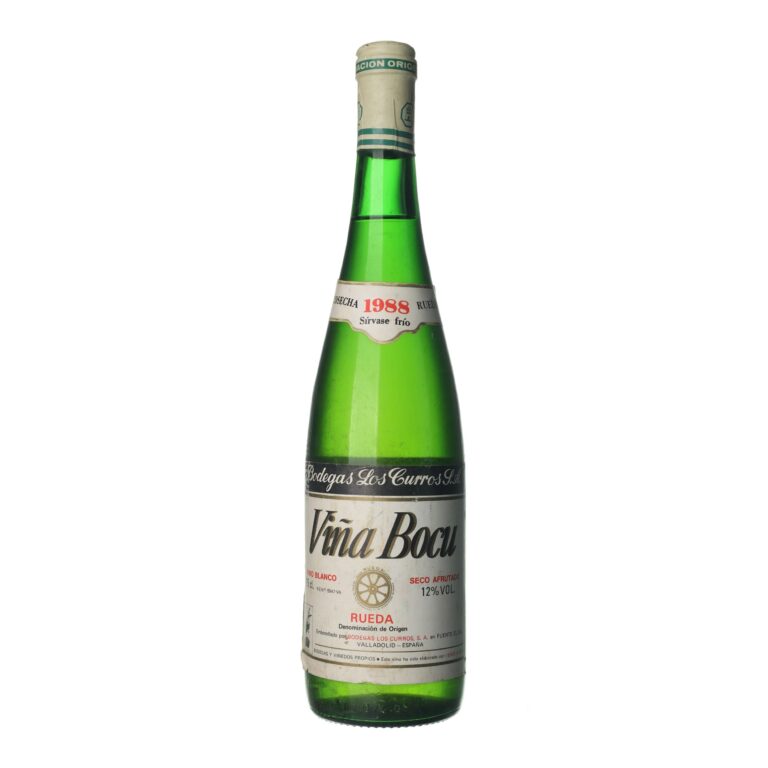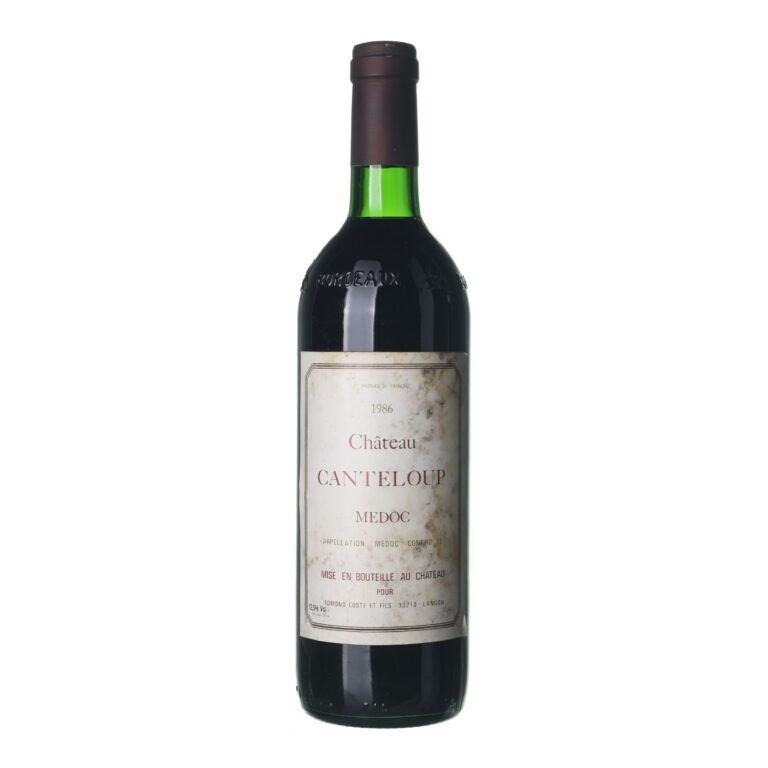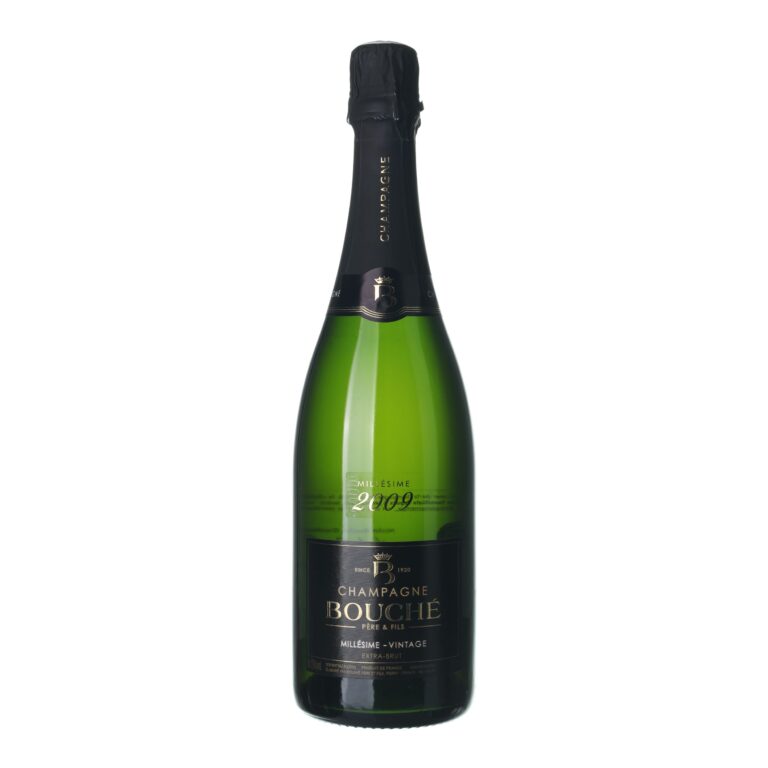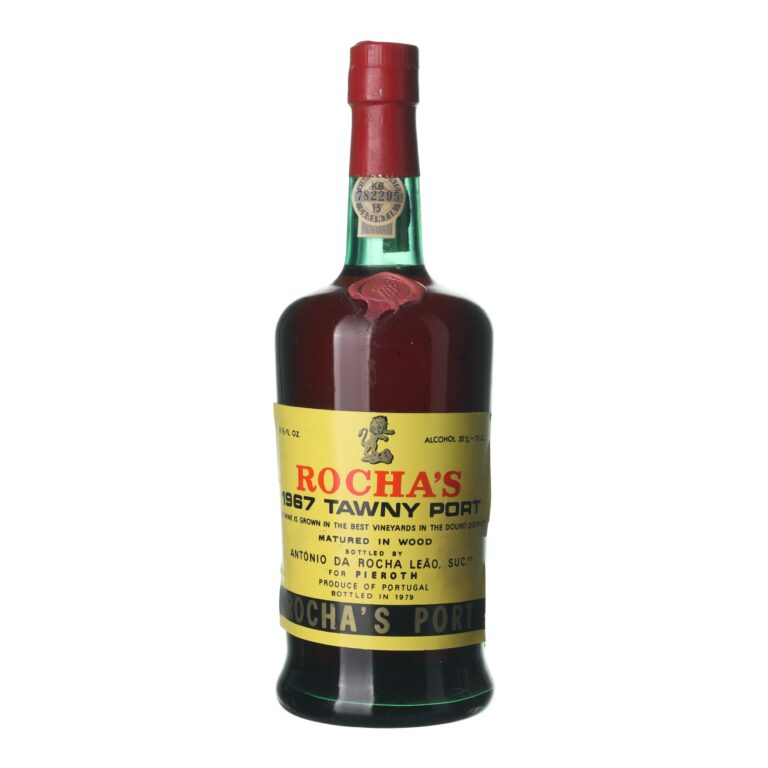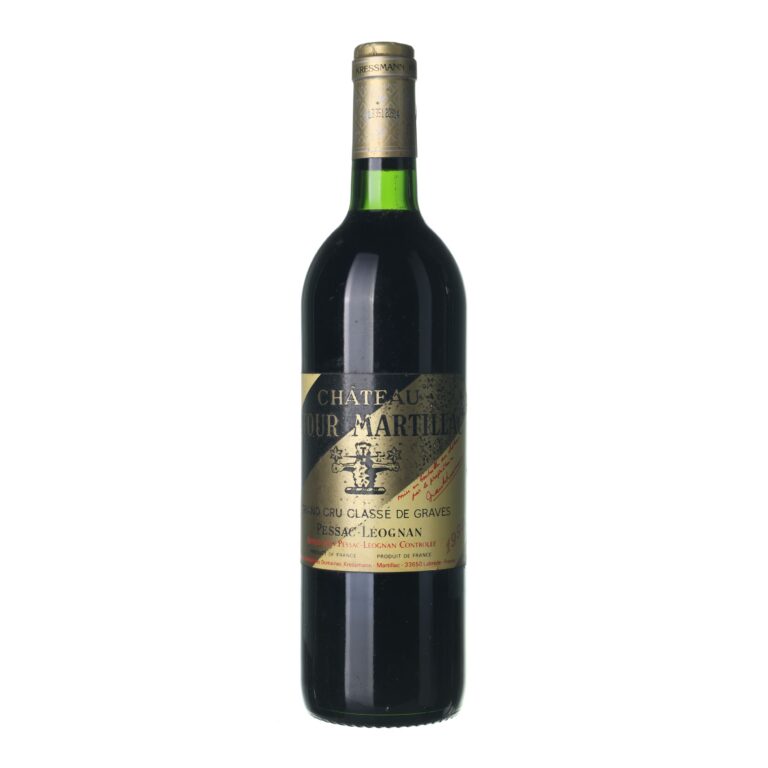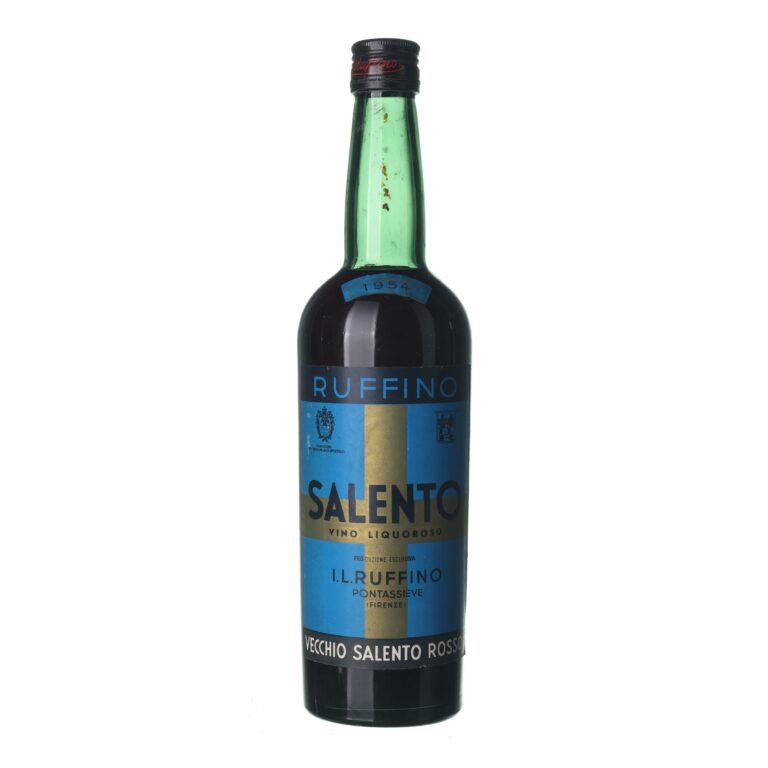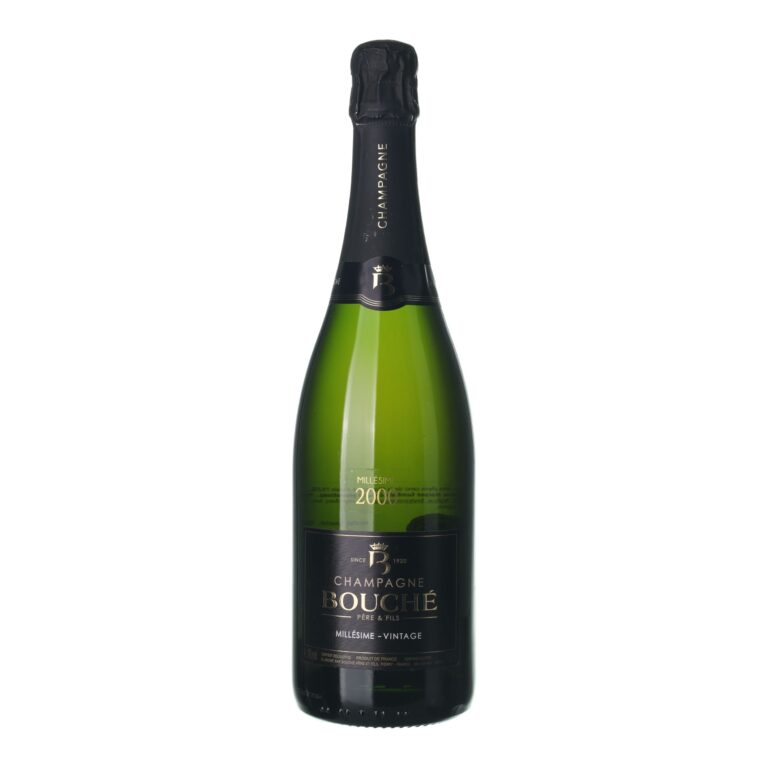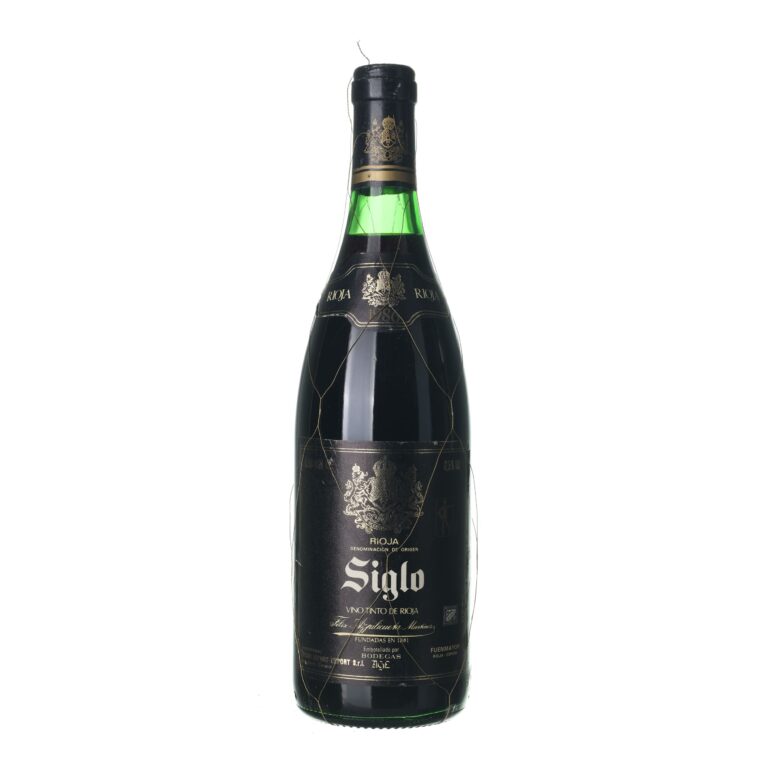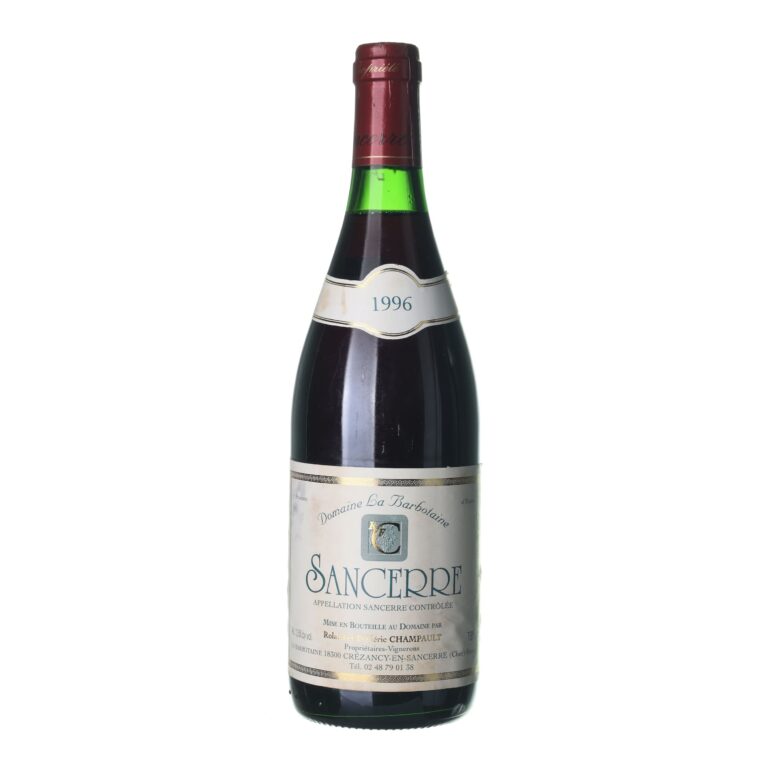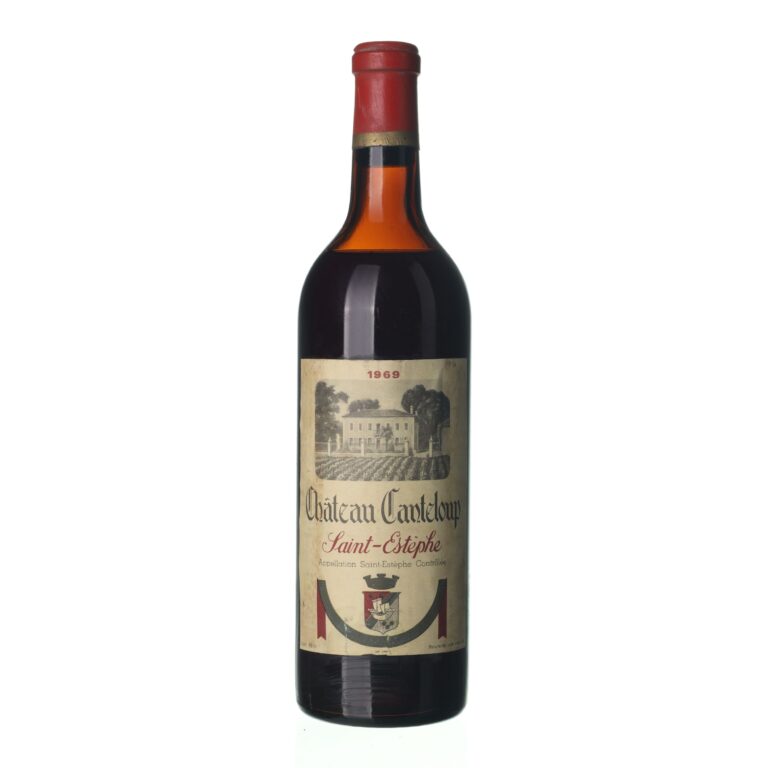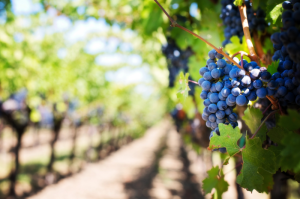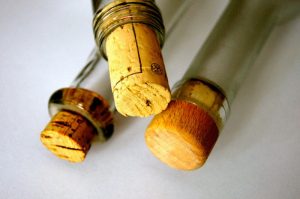What does the color of an archival wine reveal about it?
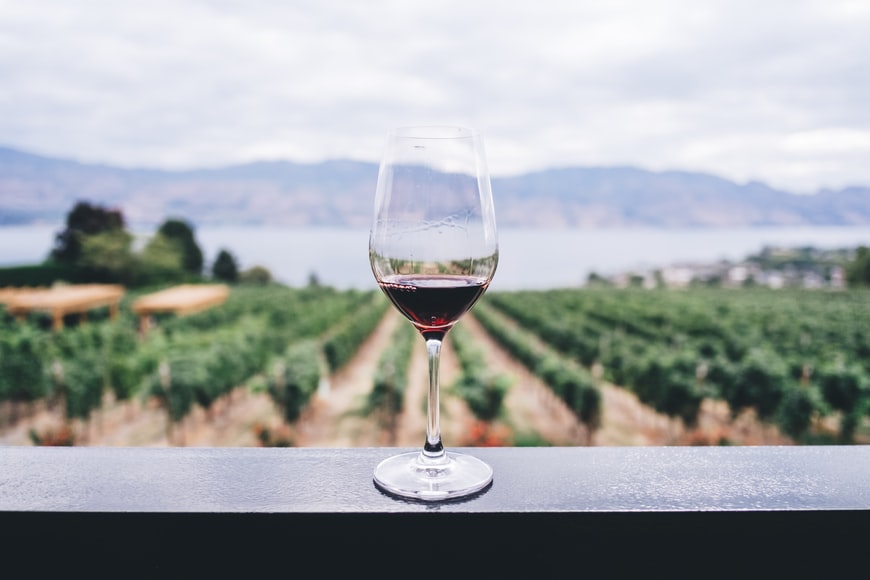
A wine’s color is its display window. You can determine many of its properties in advance just by taking a look at its shade. What are they, and where do the nuances in a wine’s color come from? Read about it in today’s article where we reveal everything.
The color of wine is influenced by a powerful witch – nature
A wine’s color is influenced by many factors – specifically, the variety of grapes, climate and growing conditions, tannin content, and the composition of the soil, as well as the winemaking process itself. It also depends on the region of origin, terroir, and the climate conditions of the specific vintage.
Pigments are contained in the skins of berries. There has to be sufficient sunlight in order for the pigment to be stored in the grape skins – and the months of August and September are especially crucial. Cool weather or too much rain can mean less pigment will be created.
The skins of the blue varieties contain anthocyanin pigments. There is a wide range of fruits, vegetables, and flowers that owe their red, orange, purple, and blue colors to these pigments. Anthocyanins are released as soon as the berry’s skin is broken. And the longer the winemakers leave the skins on the pressed must, the more intense color the resulting red wine will have.
On the other hand, the color of white wines is influenced by pigments called flavonoids. These compounds are present in herbs, vegetables, and fruits – for example, in citruses.
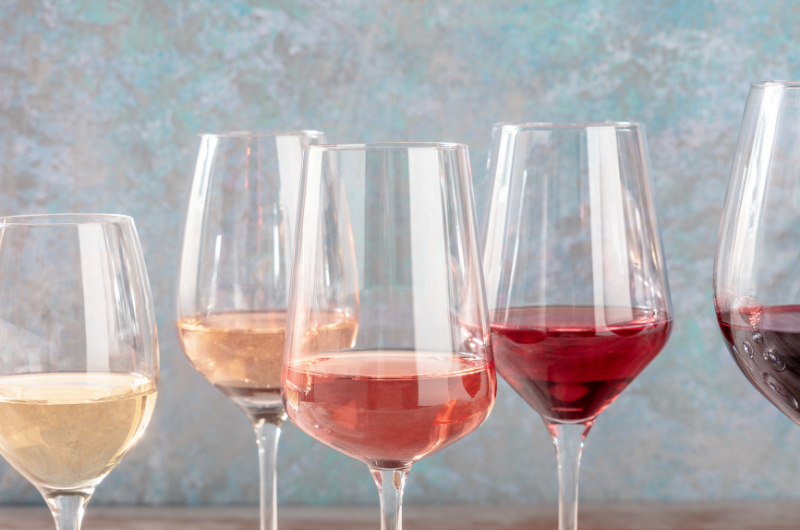
Did you know that drinking wine in moderation is healthy? We can attribute the various health benefits drinking wine offers to flavonoids. They serve as botanical antioxidants, and they help reduce cholesterol and strengthen immunity.
Why do archival wines change their hue during maturation?
During the course of a wine’s maturation its color changes. Red wine loses some of its original anthocyanins. However, it gains other – darker and more stable – pigments. This is why mature wines are darker than younger wines. The shade of wine that matures in wooden barrels becomes more intense sooner thanks to oxygen getting in, by comparison with wine that matures in airtight steel tanks.
Oxygen also colors wine in its subsequent maturation in bottles. The role of facilitating the wine’s oxygenation, which also provides for the stabilization of its color is taken over by a good-quality cork.
What qualities does the color of a wine reveal?
The color of a wine is one of the main attributes that are evaluated. An experienced sommelier can read information about the wine’s variety, age, and content of tannins, as well as its harmony of taste. The color reveals quite a lot about the wine’s quality.
In general, younger wines are lighter in color. However, archival wines have a rich hue. Thus, mature white wines can be dark yellow, and reds acquire a brownish tinge as they age.

Tip: The older the wine, the more color shades you’ll see with all their nuances if you examine the rim of the wine’s surface on the side of your glass. To assess its color, first hold your glass up against the light. Here, you can read some more tips for how to do a wine tasting.
A wine’s color reveals a lot about its taste
With the help of nuances of shades in a wine’s color you can reveal subtle taste tones in advance, which you will then find during the tasting itself. So, for example, a sweeter white wine with a hint of citrus may show delicate greenish shades. Red wines with an intense color contain more tannins and are more aromatic.
The dark color of a wine from the archive as a guarantee of quality
The intensity of red wines’ colors ranges from a cherry red shade all the way to brown. The darkest tones are usually a promise of a quality archival wine with a low acid content.
For example, archival wines from the Syrah variety have a dark, nearly opaque color. This variety is widely grown in Tuscany, a kingdom full of architectural and gastronomical treasures.
White wines also offer a wide range of shades. By contrast with young wines, which are generally light-colored, archival white wines can have amber tones. Wines from the Chardonnay variety can take on even very dark hues. White dessert wines can even have a golden brown color – a beautiful example is Tokaji wine. Learn about this unique golden jewel in our independent article about how Tokaji wine is produced.
Do you want to find out for yourself how well an archival wine’s color corresponds to its other qualities? Assess the shades of some of the luxury vintage wines we have on offer.
Select wines. In your email.
once every month. You can look forward to our recommendations, interesting content, and great offers for your archive for your archive.
By sending an email you agree to the Terms and Conditions for Protection of Personal Data


